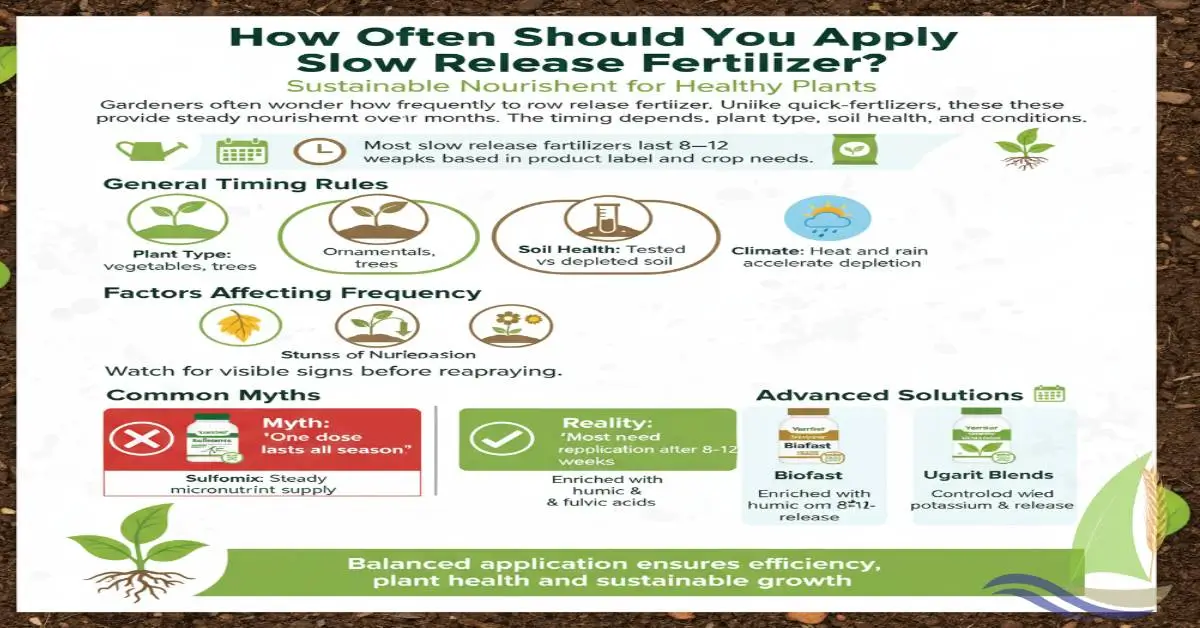Introduction
Knowing how often to fertilize your garden is crucial for maintaining vibrant, healthy plants and maximizing your garden’s productivity. Fertilizing too frequently can harm plants and the environment, while under-fertilizing may lead to nutrient deficiencies and poor growth. This article explores expert advice on fertilizing schedules tailored to different garden types, soil conditions, and plant needs. Whether you grow vegetables, flowers, or shrubs, understanding the right fertilization frequency will help you achieve lush, thriving greenery.
Why Fertilizing Frequency Matters
Fertilizer supplies essential nutrients like nitrogen, phosphorus, and potassium that plants need for growth. However, the timing and amount of fertilizer impact plant health and soil quality.
- Over-fertilizing can cause nutrient burn, salt buildup, and environmental runoff.
- Under-fertilizing leads to weak plants, poor yields, and susceptibility to pests.
Striking the right balance ensures nutrient availability without damaging the ecosystem or your garden.
How Often Should You Fertilize Your Garden?
General Guidelines
- Vegetable gardens: Typically require fertilization every 3 to 4 weeks during the growing season. This frequency supports rapid growth and nutrient uptake.
- Flower gardens: Fertilize every 4 to 6 weeks, especially during blooming periods to promote vibrant flowers.
- Shrubs and trees: Usually fertilize 1 to 2 times per year, preferably in early spring and late fall.
Factors Influencing Fertilization Frequency
- Soil Nutrient Content: Conduct soil tests annually to determine nutrient levels. Rich soils may need less frequent fertilization.
- Plant Type: Heavy feeders like tomatoes or roses need more frequent feeding than drought-tolerant plants.
- Fertilizer Type: Slow-release fertilizers provide nutrients over months, reducing the need for frequent applications.
- Climate and Weather: Hot, rainy climates may leach nutrients faster, requiring more frequent fertilizing.
Signs Your Garden Needs Fertilizing
Knowing when to fertilize is as important as how often. Look for these signs:
- Yellowing or pale leaves indicating nitrogen deficiency.
- Stunted growth or poor flowering.
- Leaf edges browning or curling.
- Soil test showing low nutrient levels.
Regularly monitoring your plants helps in timely fertilization and prevents overfeeding.
Best Practices for Fertilizing Your Garden
- Use soil tests to tailor fertilization to your garden’s needs.
- Apply fertilizer in the morning or late afternoon to prevent leaf burn.
- Water after fertilizing to help nutrients penetrate the soil.
- Follow label instructions carefully for dosage and frequency.
- Rotate fertilizer types to provide balanced nutrition.
Expert Tips and Real-World Insights
Gardening experts recommend adopting a flexible approach based on observation and testing rather than rigid schedules. For example, a study by the University of California shows that vegetable gardens fertilized every 3 weeks with balanced nutrients yield up to 20% more produce compared to monthly applications. Conversely, over-fertilizing led to nutrient runoff and plant stress.
Using organic fertilizers like compost or manure can improve soil health and reduce the need for frequent synthetic fertilizer applications. Integrating mulching and crop rotation also supports nutrient retention.
Conclusion
Fertilizing your garden at the right frequency is key to healthy plants and sustainable gardening. Most gardens benefit from fertilizing every 3 to 6 weeks during active growth, but factors like soil quality, plant type, and fertilizer choice influence this schedule. Regular soil tests and attentive plant care help you adjust fertilization for optimal results. Remember, balanced feeding combined with good gardening practices leads to a flourishing garden year after year.
